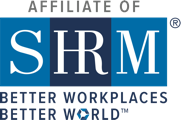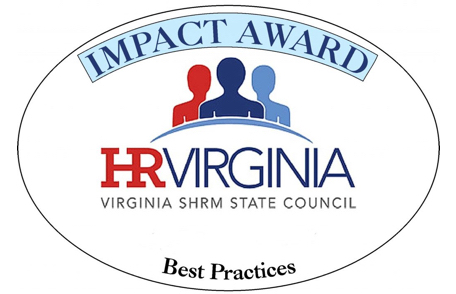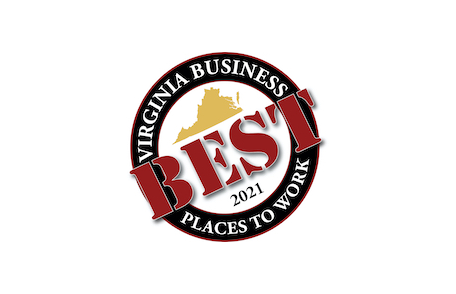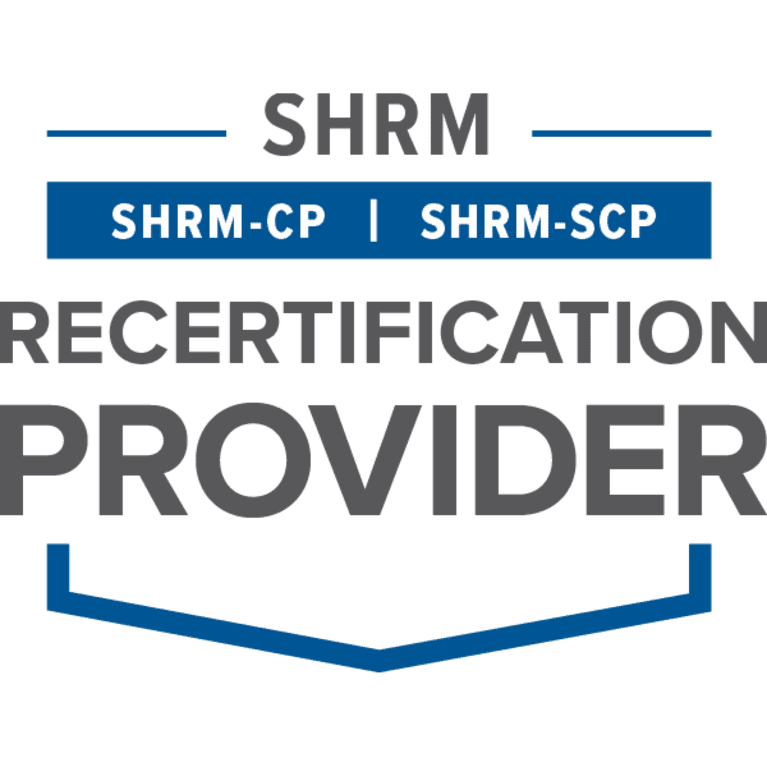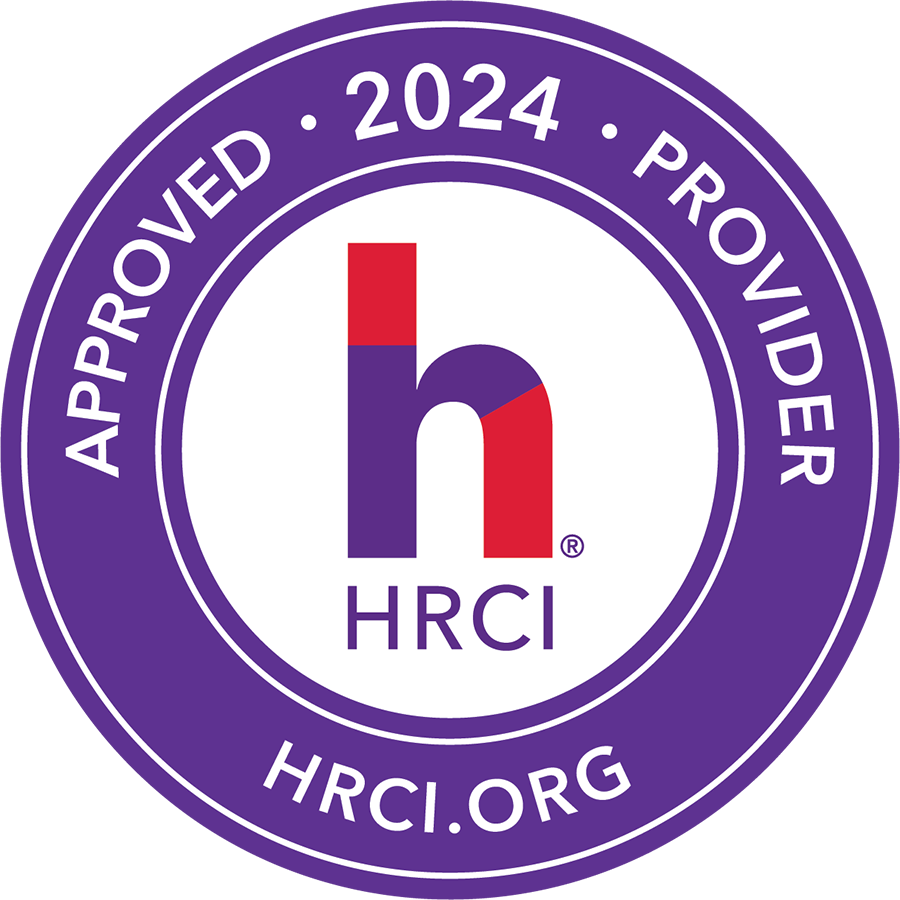The holidays are over, and January is upon us. It’s the time of year when many people experience the all-too-familiar holiday hangover and just want to hibernate at home – but also, a time when people tend to slow down and do some thoughtful planning for the year ahead. It is a time for everyone to dust off their often-underused workout equipment, open those healthy recipe cookbooks, and fill their new day planners with to-do’s and goals.
I am typing this now with my (two!) planners next to me, chugging a giant cup of water, and thinking about how I need to clear out all the holiday goodies, resume a healthy lifestyle, and achieve all my life goals. Next week.
We are all familiar with the special feeling of hope inspired by a shiny new, fresh year. A chance to leave the negative behind, look ahead to new horizons, imagine new possibilities, and work towards our goals. There is no optimism quite like the optimism of the new year.
What are some ways we, as HR professionals, can support our employees in their quest for a better life? Employers can support and encourage employee wellness by implementing various strategies and programs that prioritize the physical, mental, and emotional well-being of their workforce. Here are five ways employers can support wellness in the workplace.
Physical and Mental Health Benefits
This is kind of a non-negotiable nowadays. Employers that offer comprehensive health insurance plans covering a range of medical services offer a huge support to the overall health of their workforce. Of increasing importance, employers must ensure their health plans include coverage for mental health services and wellness programs. Offer Employee Assistance Programs (EAPs) to provide confidential counseling and support services for personal and work-related issues. Create a stigma-free environment that encourages open conversations about mental health. Encourage managers to listen to what their employees are saying, but also what they are not saying, and make it ok for employees to take a “mental health day” when needed.
Flexible Work Arrangements
Thanks to the coming and sort-of-going of the “Virus That Shall Not Be Named,” employers have embraced, but then struggled with the continuance of flexible work arrangements such as flexible hours and remote work options. In many cases, flexible work options really do help employees better manage work-life balance. While C-suite executives and stockholders question the effectiveness of continued work from home arrangements in the US economy, the ability to allow workers – especially working mothers – to use more flexibility in their work schedule and location has potential to dramatically improve employee well-being. In situations where remote work is not available, employers can consider compressed workweeks or part-time options that might better suit employee needs. Listening to employees and doing your best to be flexible with their needs is a key to a successful partnership.
Another item to consider is workplace ergonomics and flexible workspaces. Offering alternative ways to work can help employees work in the best way for their own personal productivity. Ensure that workspaces are designed ergonomically to promote physical health and comfort. Standing desks and ergonomic chairs are increasingly popular in office environments, as well as multipurpose work or break areas with comfortable seating, board games, and coffee centers. Encouraging regular breaks to prevent prolonged sitting and offering alternative places for people to meet and collaborate can show benefits for both employee and employer.
Wellness Programs – promote physical activity and healthy choices
Develop and promote wellness programs that include fitness, nutrition counseling, smoking cessation programs, and stress management workshops. Provide incentives for employees to participate in wellness activities. Encourage physical activity by providing gym facilities, fitness classes, or consider subsidizing gym or weight loss memberships, at-home fitness equipment, flu shots, and even pet adoptions.
Where possible, stock break rooms with healthy snacks and beverages. Provide nutritional information and promote healthy eating habits. When coordinating work lunches and celebrations, think about healthier options where available. Better yet, think about ways you can celebrate that don’t always revolve around food. Consider organizing on-site health screenings for common health issues such as blood pressure, cholesterol, diabetes, and breast cancer. Provide flu shots or vaccinations to prevent illness.
Provide resources and information on maintaining a healthy lifestyle. A weekly or monthly newsletter post that includes a healthy recipe, exercise tips, or ways to safeguard from health and illness could be a fun way to educate employees and keep wellness at the forefront of their minds.
Positive Work Environment, Recognition & Leadership Support
Create a workplace culture that prioritizes respect, collaboration, and open communication. Ensure the culture of the organization remembers that most employees work to live, rather than live to work.
Lead by example, demonstrating healthy work habits and work-life balance. This includes respecting employees’ time off and encouraging them to unplug when they are away from the office.
Acknowledge and reward employees for their hard work and accomplishments. Get to know your employees and how they like to be recognized. Foster a positive work culture that values employees’ contributions and prioritizes a trusting relationship between manager and employee.
Financial Wellness Programs
Financial hardships can create high stress for employees, especially in shaky and uncertain economic times. Offering financial education and resources to help employees manage financial stress is a great way to help them set up a financial and/or budgeting plan for the new year. Benefits such as 401k, student debt repayment, and tuition assistance are wonderful, but they may need to be paired with education. Many employees don’t understand the opportunities and pitfalls of their financial decisions, and they may not be fully aware of the resources they have access to as members of your organization.
Employee wellness is not limited to just one category. It includes physical, mental, and financial health as well as many other factors in our lives. By implementing a holistic approach that addresses various aspects of well-being, employers can create a workplace that promotes a healthier and more productive workforce.

About the Author
Jenny Hipple, SHRM-CP, PHR
Director of Communications, HR Virginia

